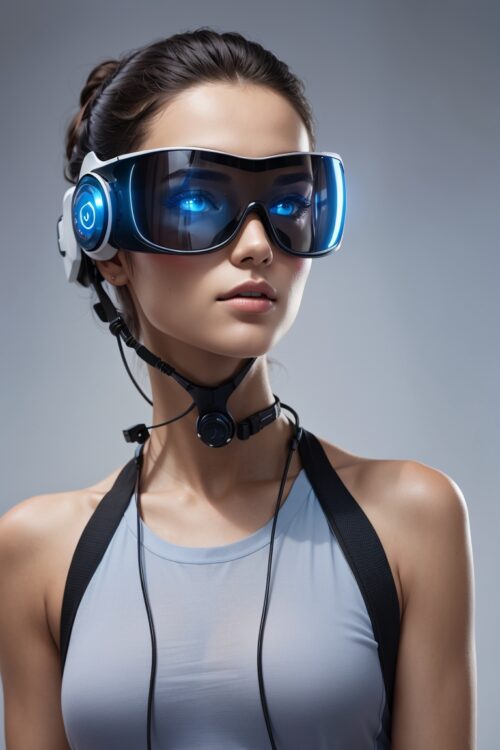Smartwatches have undergone a remarkable metamorphosis since their inception. Initially dismissed as niche gadgets, they have now become indispensable companions for millions of people worldwide. In this article, we’ll explore the fascinating journey of smartwatches and delve into their impact on our daily lives.
Early Days: Functionality vs. Aesthetics
1. Pioneering Smartwatches
1980s-1990s: The concept of wrist-worn devices with computing capabilities emerged, but these early attempts were clunky and lacked practical functionality. For instance, the Seiko UC-2000, released in 1984, featured a tiny keyboard and calculator functions but was far from user-friendly. In the 2000s, companies like Fossil and Sony experimented with smartwatches, offering basic features like notifications and calendars. However, adoption remained limited. An example of this is the Sony Ericsson LiveView, launched in 2010, which allowed users to view notifications from their Android phones on a small OLED screen.
2. The Rise of Fitness Trackers
2010s: Fitness-focused wearables gained popularity. Brands like Fitbit and Garmin introduced smartwatches with heart rate monitors, step tracking, and sleep analysis. For example, the Fitbit Charge 4 (2020) not only tracked fitness metrics but also provided built-in GPS for outdoor activities. In 2013, Pebble’s Kickstarter campaign for the Pebble smartwatch ignited interest, emphasizing customizable watch faces and app integration. Pebble’s e-paper display allowed users to choose from a variety of watch faces, including retro designs and playful animations.
The Turning Point: Apple Watch
1. Apple’s Game-Changer
2015: The Apple Watch debuted, combining style, functionality, and an ecosystem of apps. It redefined the smartwatch landscape. The Apple Watch Series 6, for instance, introduced blood oxygen monitoring, ECG readings, and seamless integration with iPhones. The Apple Watch emphasized health tracking, ECG monitoring, and activity rings. Users receive alerts if their heart rate is too high or low, promoting heart health awareness.
2. Android Wear and Beyond
Google’s Android Wear: Google’s platform for smartwatches faced challenges but contributed to the ecosystem. The Fossil Gen 5, for example, runs on Wear OS, allowing users to access Google Assistant, receive notifications, and customize watch faces. Samsung Galaxy Watch: Samsung’s Tizen-based watches offered sleek designs and fitness features. The Galaxy Watch Active 2 includes automatic workout tracking and stress monitoring.
Everyday Essentials: Present and Future
1. Features That Matter
Notifications: Smartwatches keep us connected without reaching for our phones. For instance, you can receive WhatsApp messages, weather updates, and calendar reminders directly on your wrist. Fitness Tracking: Steps, heart rate, sleep quality, and workout data are now standard. The Garmin Venu 2, for example, provides detailed sleep analysis, suggesting improvements for better rest. Customization: Users can personalize watch faces, bands, and complications. Change your watch face to match your mood, whether it’s minimalistic or vibrant. Payments: Contactless payments via smartwatches simplify transactions. Use Apple Pay or Google Pay at the grocery store without pulling out your wallet.
2. Beyond the Wrist
Smart Rings: Tiny wearables that track health metrics or serve as authentication devices. For example, the Motiv Ring monitors heart rate, sleep, and activity levels discreetly on your finger. AR Glasses: Augmented reality glasses (still evolving) promise new experiences. Meta’s upcoming AR glasses may overlay navigation directions onto the real world. Fashion Meets Tech: Luxury brands like TAG Heuer and Louis Vuitton now offer smartwatches. The TAG Heuer Connected combines Swiss craftsmanship with digital features.
Conclusion
Smartwatches continue to shape our daily routines, bridging the gap between fashion, technology, and health. As technology advances, we can expect even more seamless integration into our lives.



